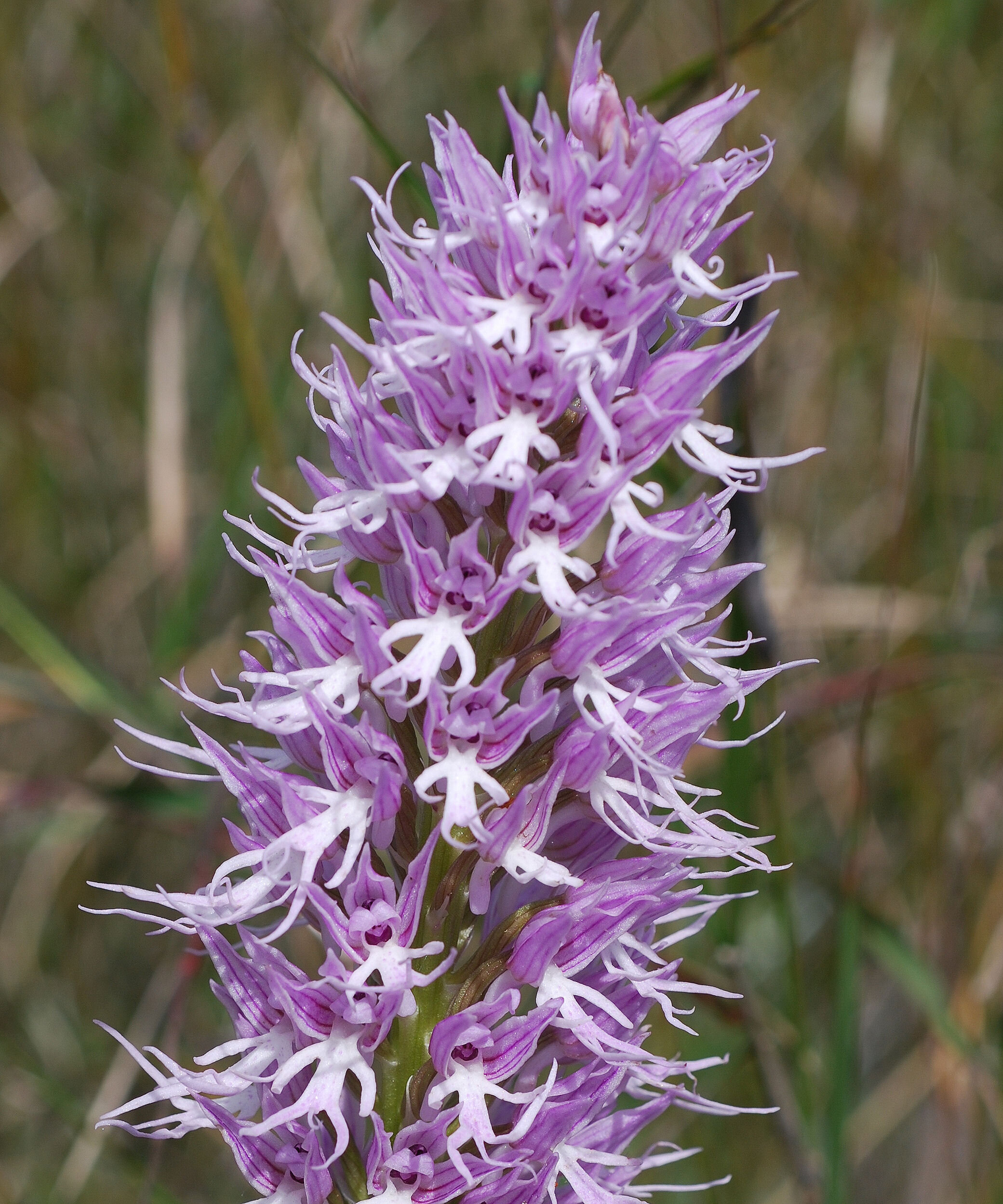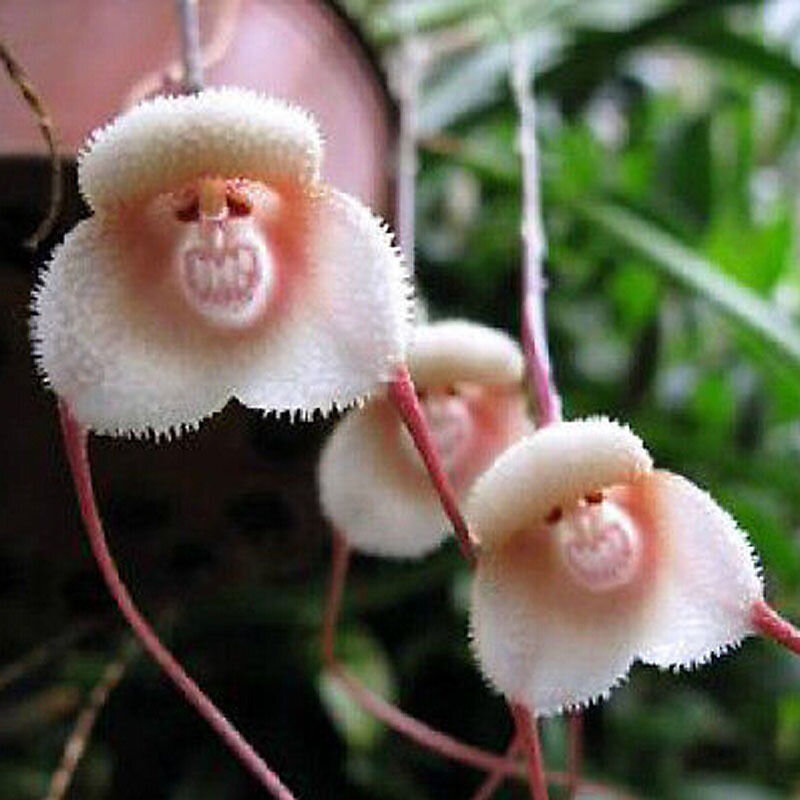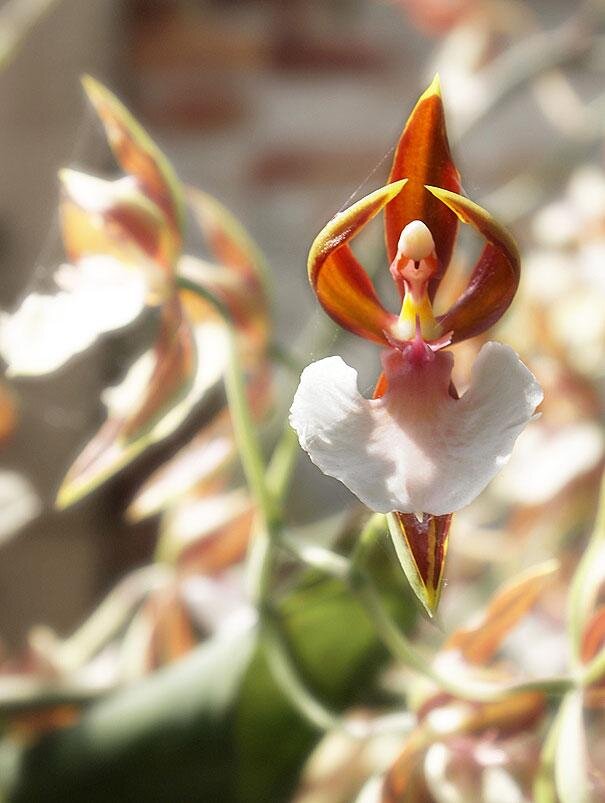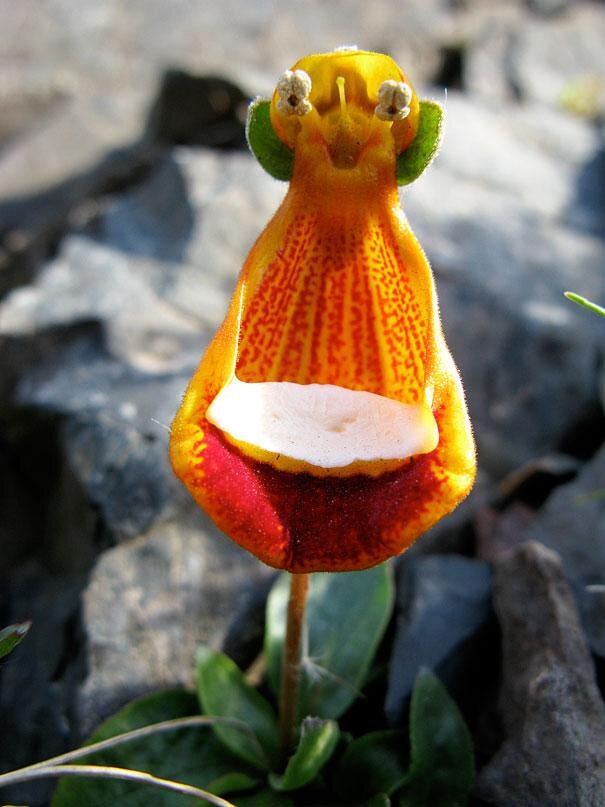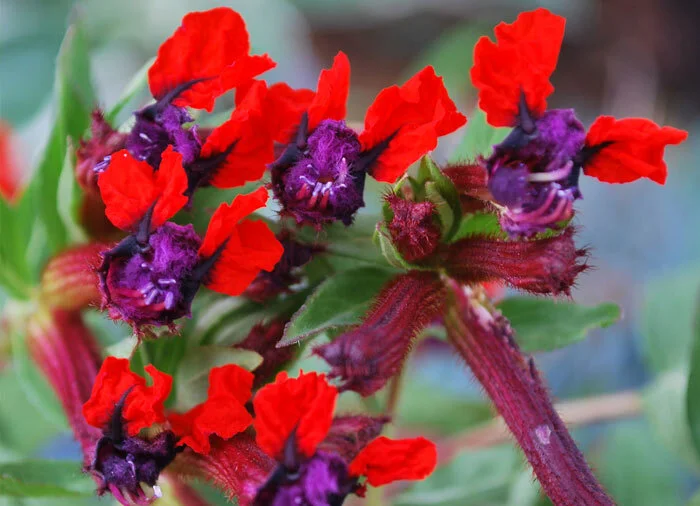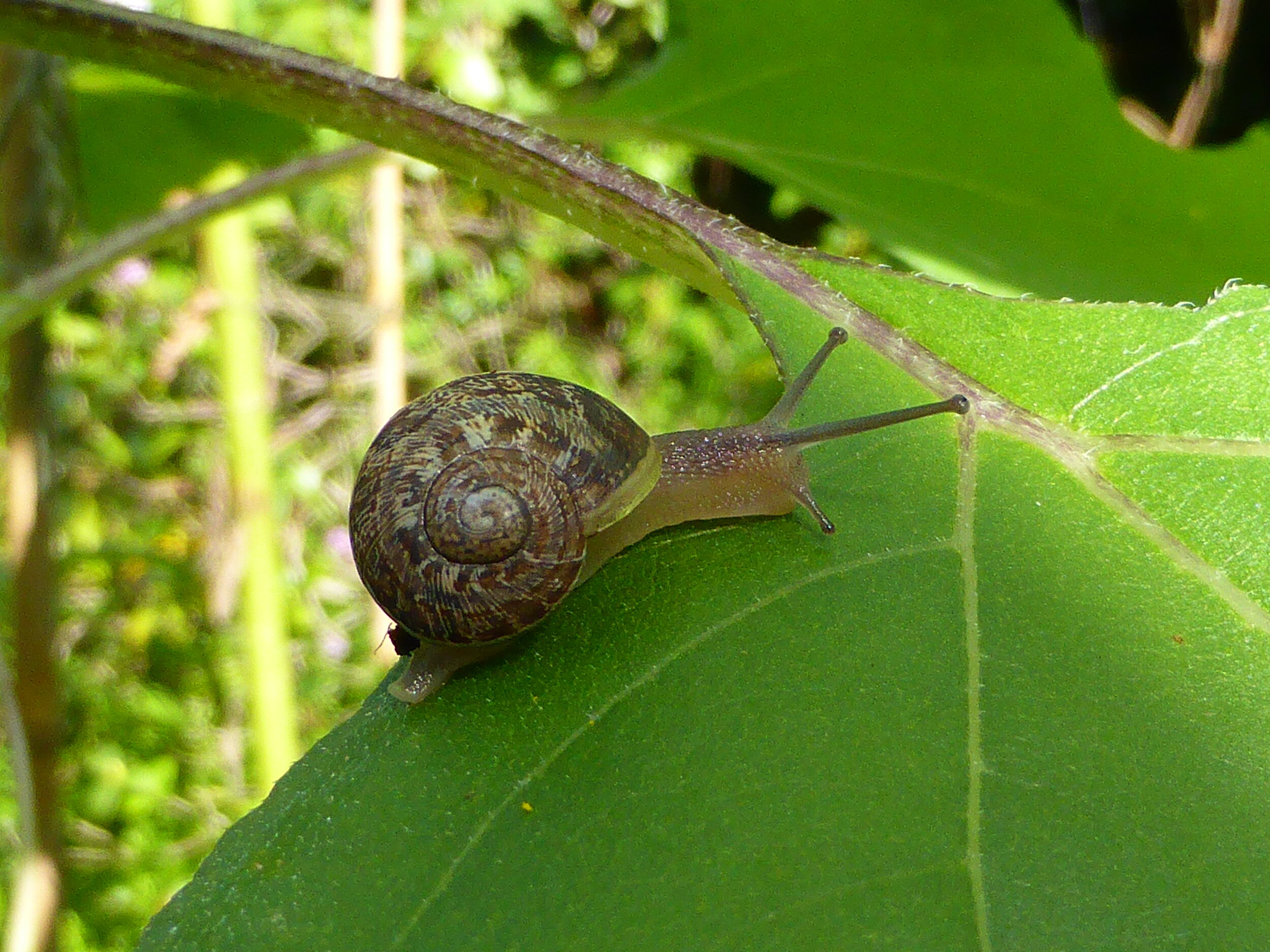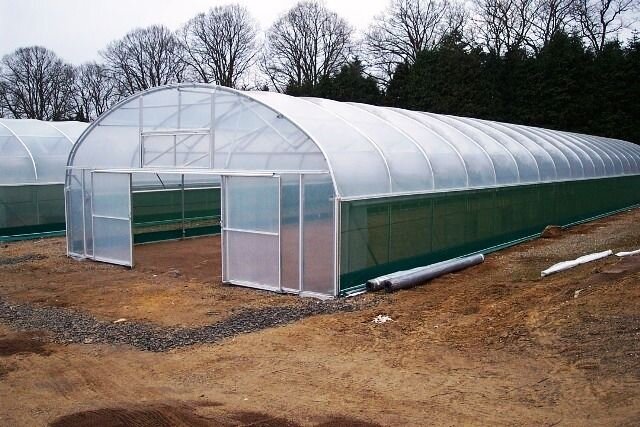Any plant, once planted, will benefit from pruning to some degree. Talking about this often causes frowns on otherwise happy faces, but I promise you that if you can de-stress a plant in it’s first few weeks after planting, the long term success of that plant is pretty much guaranteed.
What do you think is the most stressful time in a plants’ growing year? Well, it’s when the plant is trying to provide as much water and nutrition as it can…..and that’s at flowering time. Ironically, that’s the time that most people buy their plants…..and its the very same time you want to minimise stress on your new purchase.
The easiest way to do this…. and please don’t hate me…..is to chop all the flowers off when you plant it. In fact the easiest thing to do, is to chop the whole plant back to around 12 inches (30cm) to allow if to settle down, recover, and most importantly, recover with renewed vigour, more shoots, and a much better chance of success. The flowers you’ll lose in year 1, will be repaid indefinitely in all of it’s future years. And clematis will give you 20 years of joy if they like where they are…often far longer!
So, prune it confidently at planting time, and while we’re talking about planting, you can plant it deep. Look at the picture above, and you’ll see it’s being planted perhaps 4-6 inches (10-15cm) deeper than it was in the pot. As far as planting like this goes, Clematis really are the exception; we wouldn’t recommend this with any other plant.
You see, they like their roots cool, and deep planting helps. As long as the soil at the bottom of the planting hold is well dug over and not compacted, those big golden bootlace roots will venture down to the cool soil, and keep the plant very very happy.
It’s also said that deep planting helps avoid the dreaded Clematis Wilt disease, although contrary to popular belief, it’s really only the Group 2’s which suffer from this, neither Group 1 or 3 Clematis are susceptible. So deep planting is a great idea for the big flowered Group 2’s, it’s not quite as important for the others.
I hope this helps make it a little simpler. Try to hold on to your plant labels in a safe place so if you’re not sure which one you’ve got, you have a record somewhere at home. And if you lose your labels, don’t fret….you can easily determine which group you have, by the time of year that it flowers.



